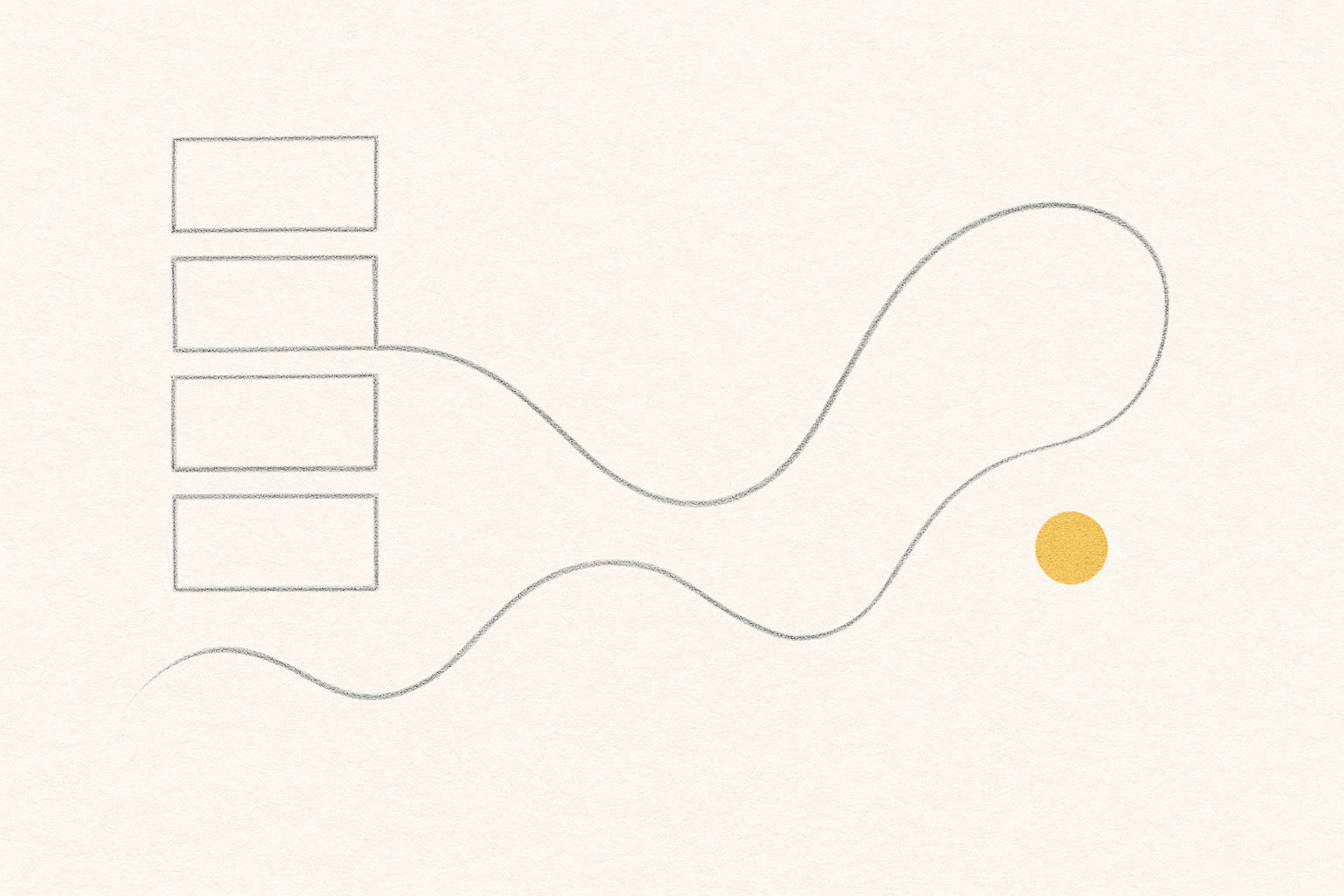Learning Improvisation Using Transcription and Deep Listening

In high school, I had a teacher who put it like this: “There are two paths to learning how to improvise—transcribing other musicians’ playing or following your own ears.” Over time I discovered many other ways to practice improvisation, but these two ideas are still an excellent place to start. It’s important to explore both, even if one comes more naturally to you. I’ve met players who feel that only by transcribing the greats can we learn to break the rules, and I’ve met others who hardly touch their instruments until it’s time to perform. I collect as many approaches as I can to grow as an improviser, and whichever path you choose, keep it simple.
Let’s take transcribing other people’s music first. I start by choosing a moment or passage on a recording that I absolutely love. The difficulty of the music matters less than the drive to understand and recreate it, so pick something you’ve always wanted to play—ideally a piece you’ve listened to for years and “know by heart.”
Next, figure out what grabbed you. Is it an instrument, chord change, melodic line, sound design, rhythm, or just the feeling of a certain passage? If it’s the instrument—and you play that instrument—you’re in luck. This is a great way to learn how to capture the sound you love. Track down all of that performer’s recordings and study how their tone developed over time. Playing along with them shapes your own tone in the direction that inspires you. Imitation—copying to learn, following a map—can be deeply rewarding.
For chords, melodies, rhythms, or anything that takes more musical experience to nail down, there’s no substitute for simply starting. Find a piano, your phone, and a pair of earbuds. The beauty of a piano is that it’s easy: press a key and you get sound. If you have musical experience, you may have done this before; if you’re new, stick with me. This path also nudges you straight into learning to improvise by ear.
Put on your headphones, press play, and pick one note on the piano—one finger, one hand—whenever you like in the recording. You don’t have to hit the “right” note; just be sure you hear your piano note with the track. Growth happens here: you’ll discover notes that work and notes that don’t. Some will sound fine, some less so, but the cool thing (at least on piano) is that there are only twelve notes—fewer than the alphabet. Learn a shape once and it works anywhere. Do this every practice session as often as you like, but stick to one note at a time.
After a couple of weeks, when you have three or four notes you like—and a couple you definitely don’t—try playing that favorite passage using only those notes. As your inner ear replays the tune, your fingers will reach for it. That moment is your improvisation muscle flexing. Spend five to ten minutes a day with just those few notes, experimenting. When you turn the recording back on, you’ll be surprised at how many new notes find their way into either the “yes” or “no” bucket.
The flip side is starting with just yourself and your ear. I use a piano here too, because one finger in each hand is all you need for sound. In the first half of your session, choose a single note. Hold down the rightmost pedal so it sustains, and keep striking it at different volumes while listening deeply—memorize it until you “know it by heart.”
For the second half, pick another note—early on, choose one close to the first (the farther apart two notes are, the harder their relationship is to hear). Notice how that single added note reshapes the musical space; you’ve literally doubled your material. Listen, notice, and embody the sound those two notes create together. As you explore more two-note pairs, and the longer you linger on each combination, the more your ears benefit.
From there, add three notes, four notes, and so on. There’s no shortcut: playing an instrument deeply takes time with it. Improvisation has little to do with technique—until it does. Whatever stage you’re at, be grateful each time technique challenges you; that friction leads to a rich musical life. But improvisation itself lives in slow, deep listening. Don’t let a lack of chops spoil your budding practice. Suzuki students, or John Coltrane on alto before tenor, teach us the point is reaching inward for the notes you hear.
After a couple more weeks you’ll have a handful of notes that evoke a particular feel—just as in transcription—and a sense of which combinations create which sounds. Start cataloging how each set of notes speaks, and you’ll soon map out the emotional range you can capture in music.